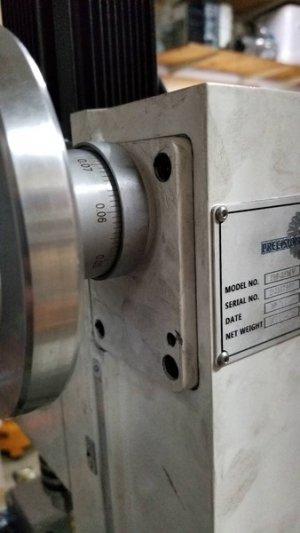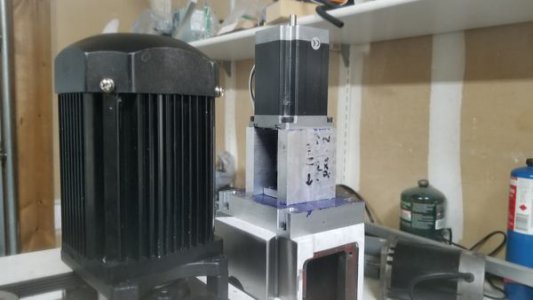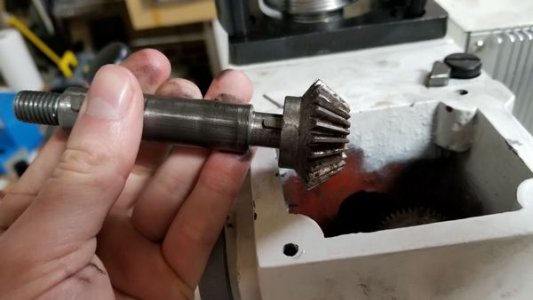- Joined
- Apr 23, 2016
- Messages
- 99
Might also look at power window motors as they may give a little extra torque and still maintain a small footprint.
I found these two threads when I logged in tonight. Similar project and good looking tutorials on making gears.
https://www.hobby-machinist.com/threads/power-z-conversion-for-pm45.69552/
https://www.hobby-machinist.com/threads/a-nice-gear-tutorial-1.68592/
We have a lot of good resources right here on HM for doing the things we want to learn.
I found these two threads when I logged in tonight. Similar project and good looking tutorials on making gears.
https://www.hobby-machinist.com/threads/power-z-conversion-for-pm45.69552/
https://www.hobby-machinist.com/threads/a-nice-gear-tutorial-1.68592/
We have a lot of good resources right here on HM for doing the things we want to learn.





